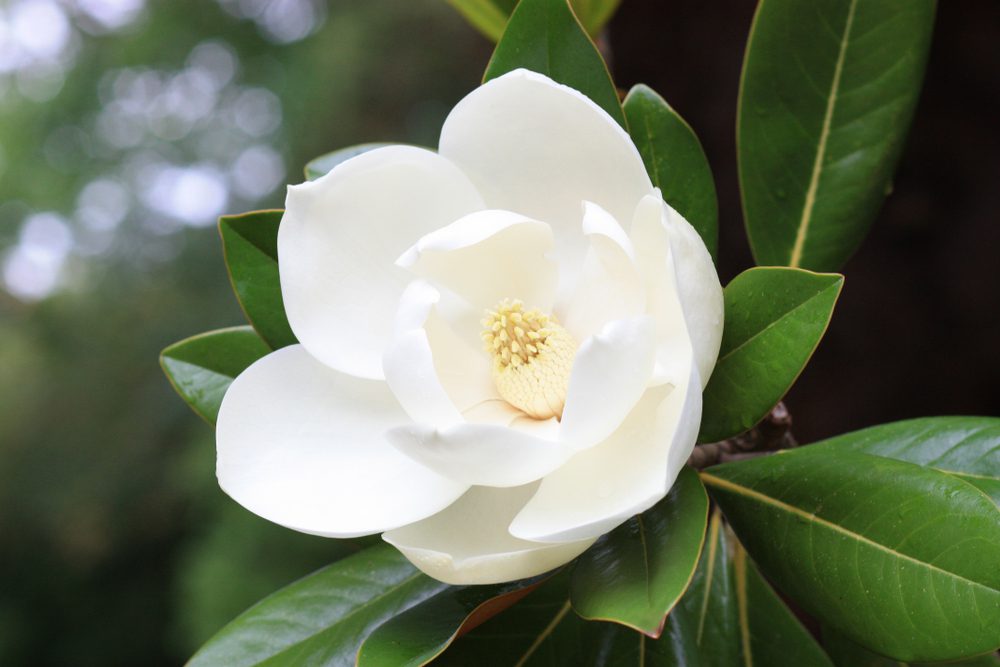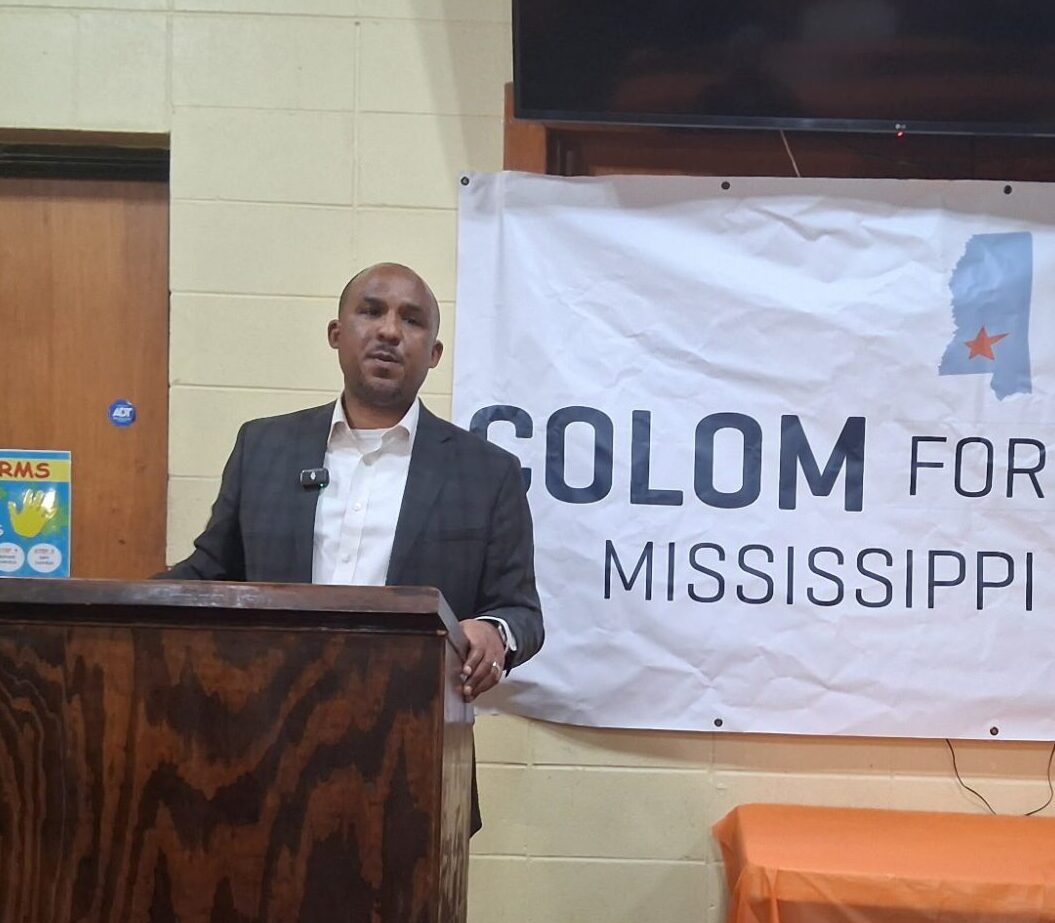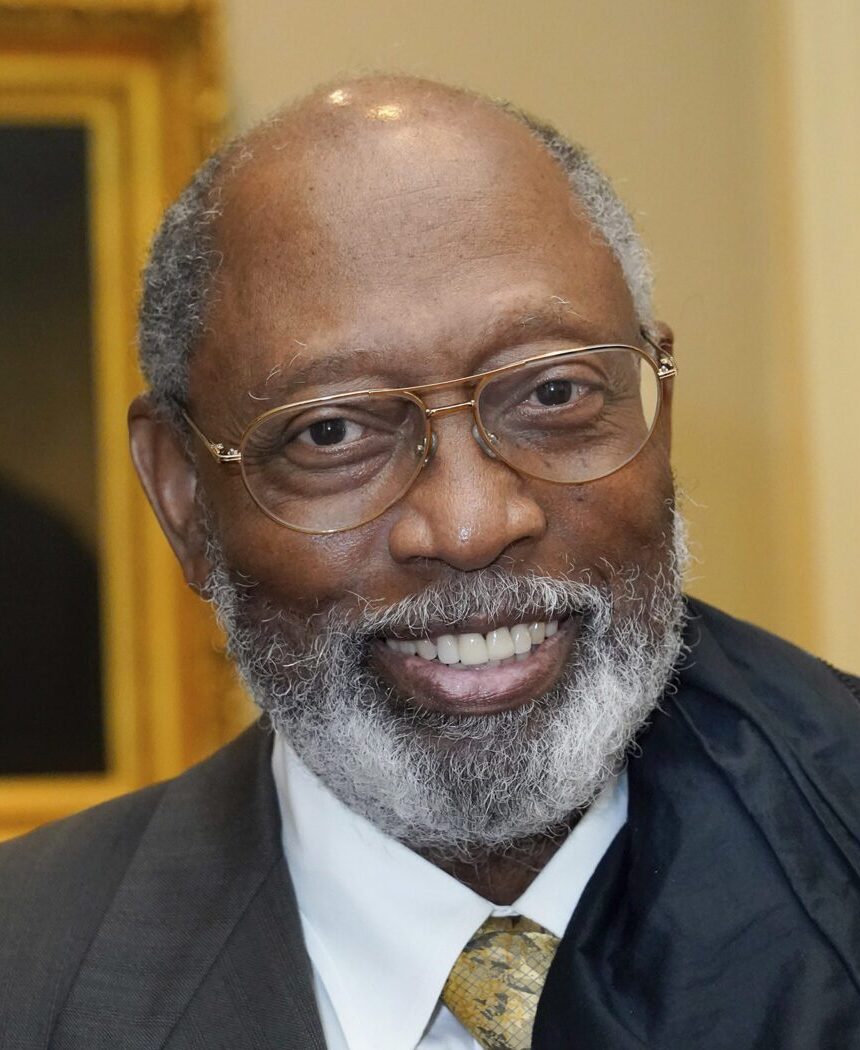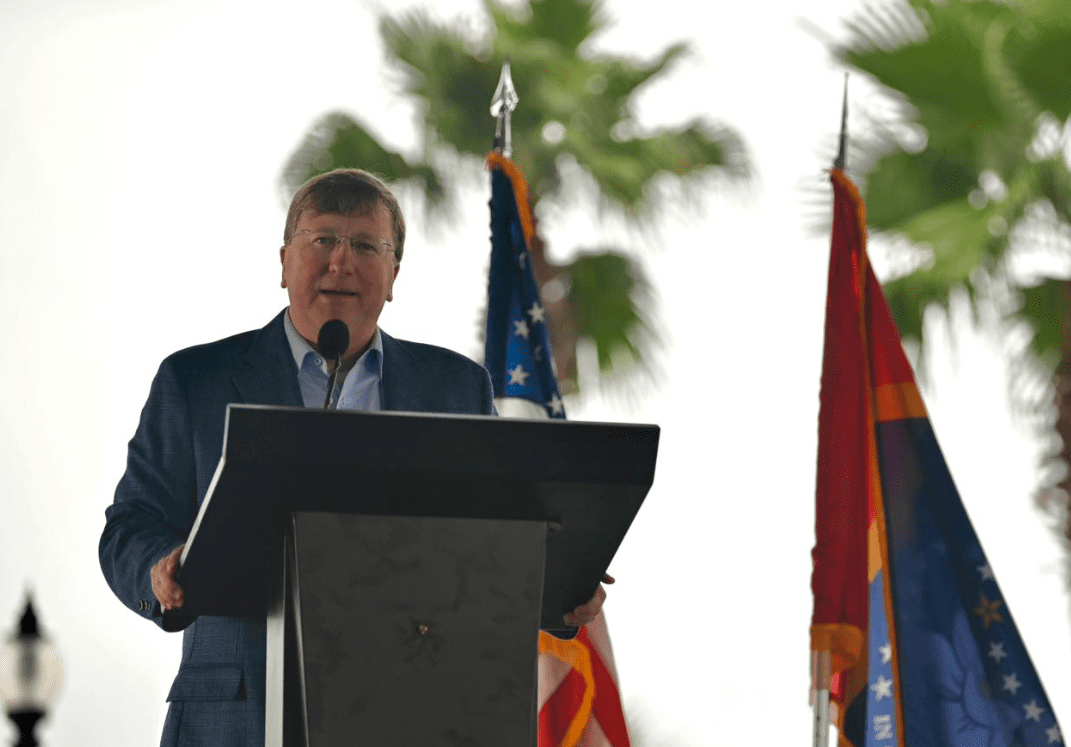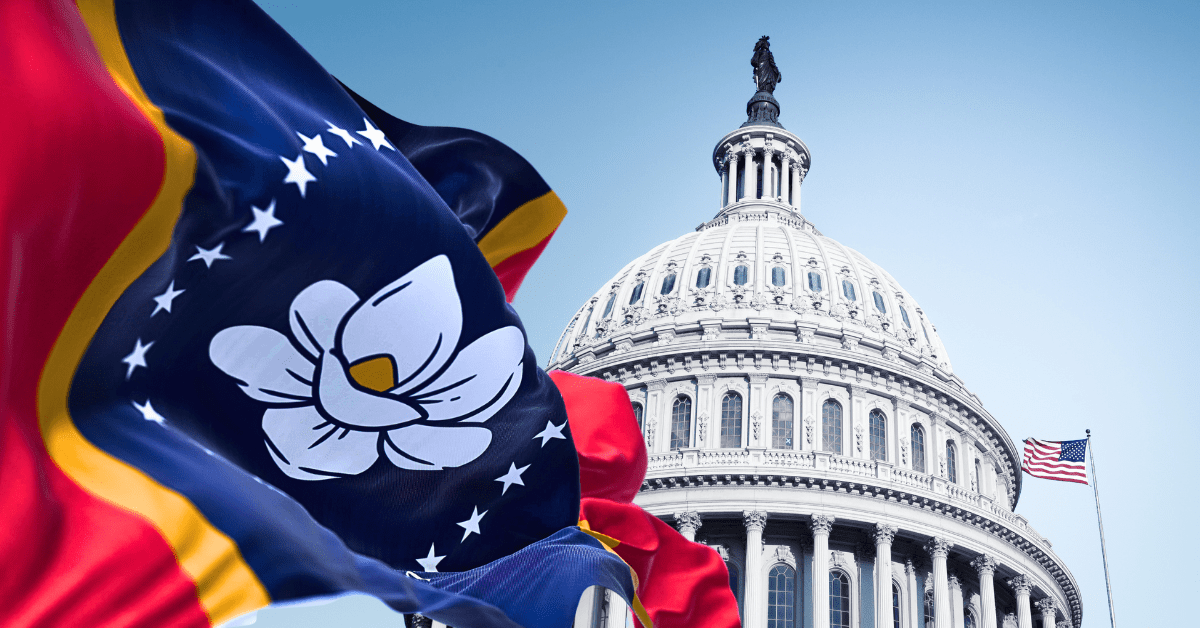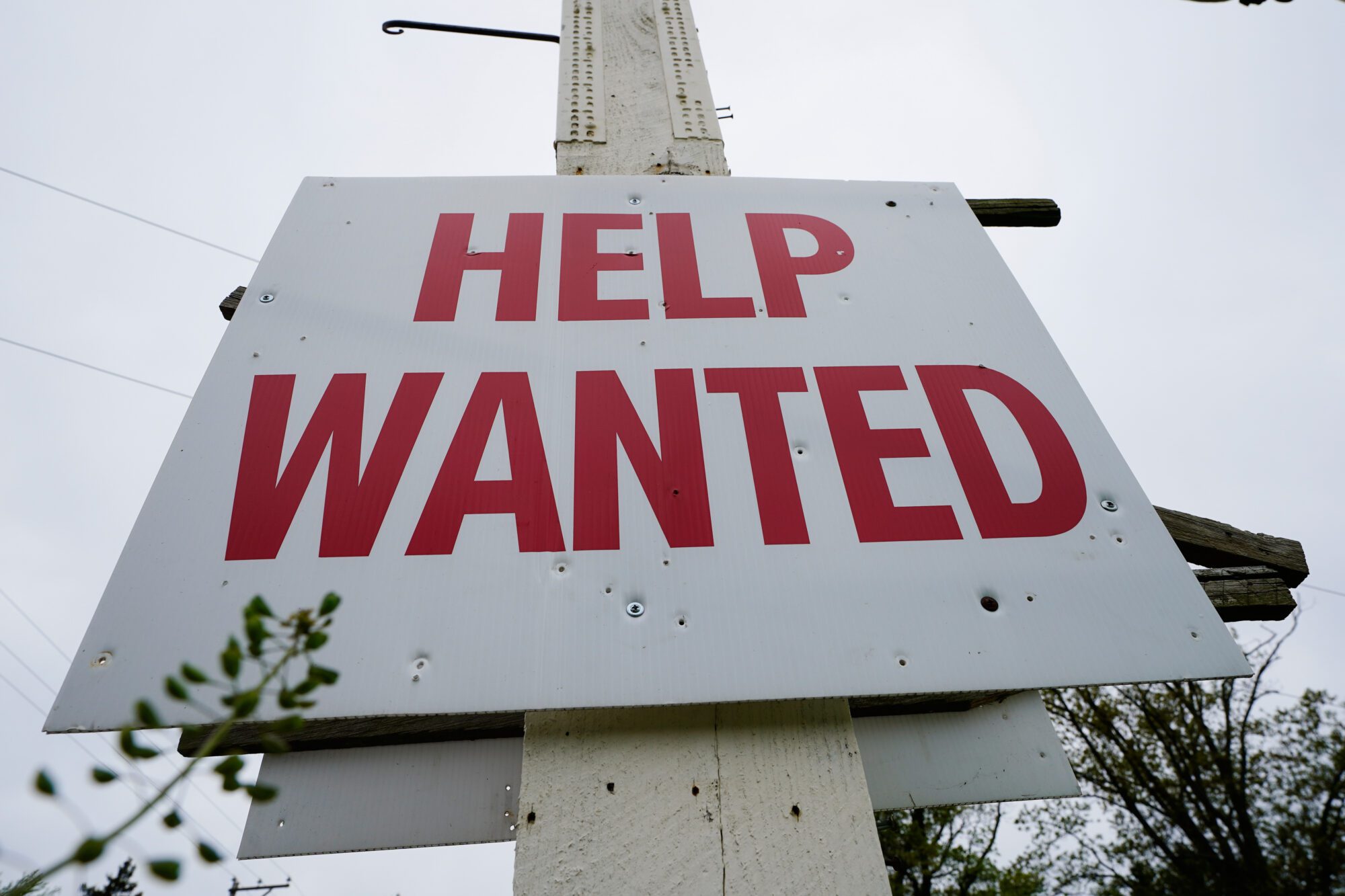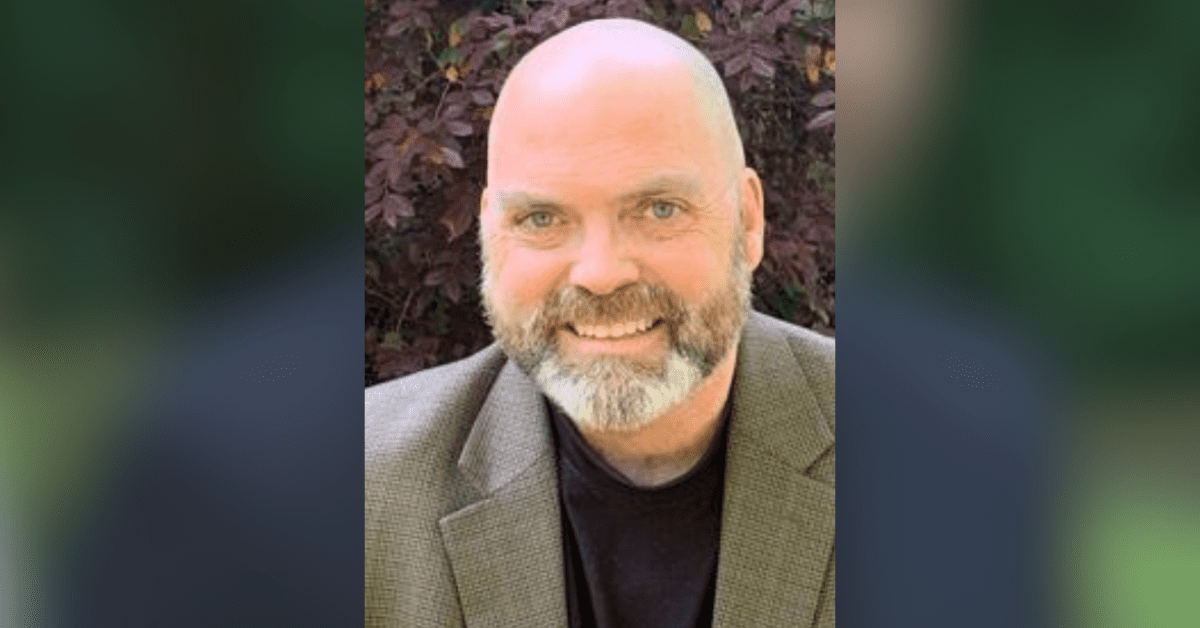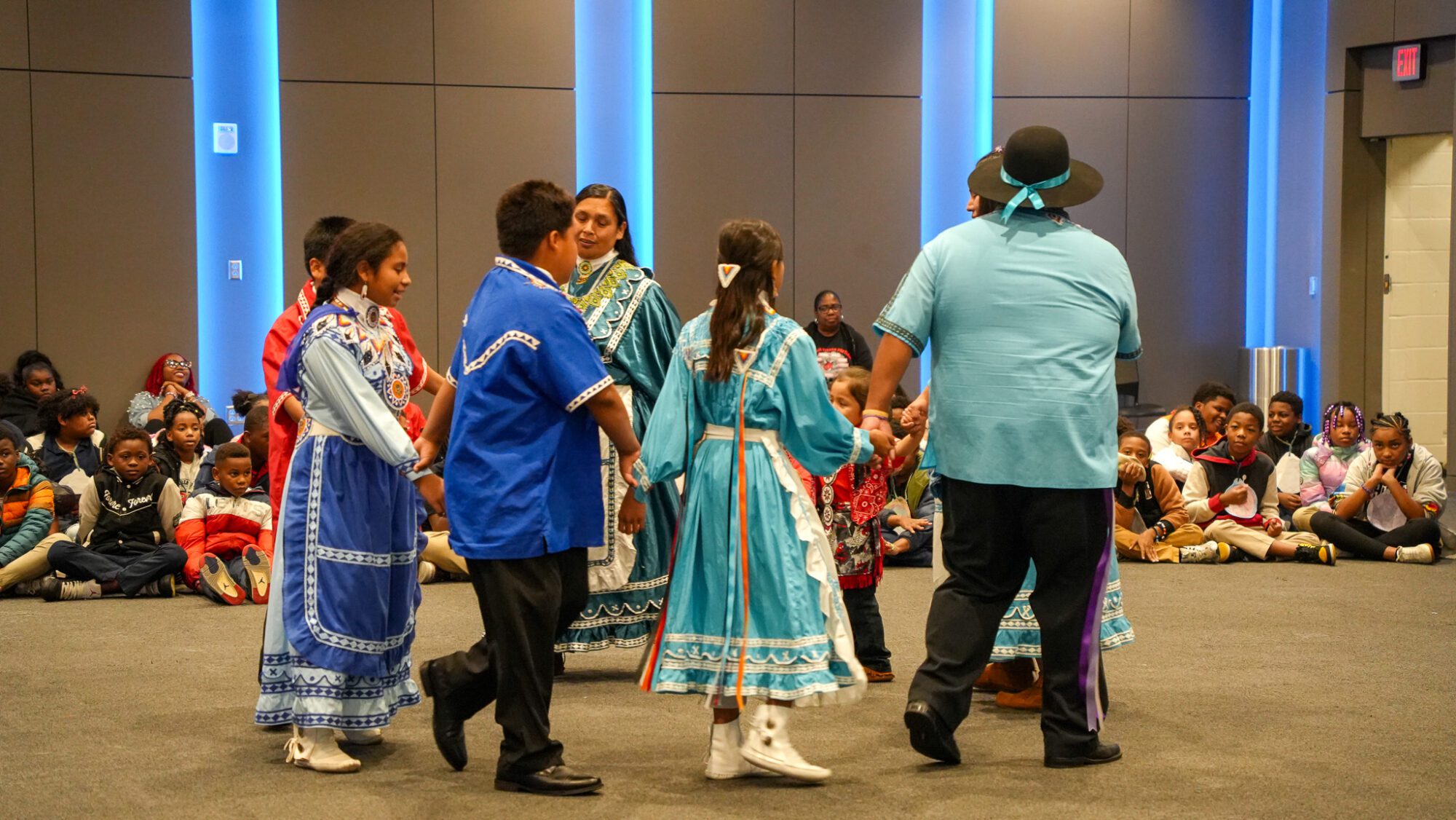
(Photo from Two Mississippi Museums on Facebook)
- The Mississippi Band of Choctaw Indians helps area students learn about their culture through sport, dance and storytelling.
Hundreds of students visited the Two Mississippi Museums last week, where they learned about Native American dance, sports, and stories from the Mississippi Band of Choctaw Indians.
Drew Gardner, director of programs at the museums, emphasized the importance of teaching Native American culture to a young audience, especially since the Mississippi Band of Choctaws is the only federally recognized tribe in Mississippi.
“We are so proud to demonstrate and show the legacy of the tribe and share that with students across the state,” he said.
Stickball, like lacrosse, held students’ attention as teenage members of the Choctaw tribe took to a makeshift field in front of the museum. Simon Isaac, Forrest Billy, and Anthony Bear use three-foot sticks made of hickory wood to pass a small orange woven leather ball. Isaac explained that the stickball, or Kapucha in Choctaw, is a sense of pride and spirituality for the tribe.
“What [Kapucha] represents is the turning away of war because what we believe as Native Americans is that it is against the laws of nature to take another life,” Isaac said. “Stickball gave us a chance to fight for our rights, but to do it in a more civil manner.”
He continued by saying stickball was a way to settle disputes over land rights, hunting grounds, and strengthen tribal prayers.
Unlike lacrosse, where the goal is to get a larger ball into a larger net, Issac explained that in stickball, players must hit a 12-foot post constructed of four-by-fours. It is played on an open field where players with two sticks each attempt to control and shoot a ball at the opposing team’s goal. Players are dressed in a traditional colorful waist apron.
For Choctaw youths, said Billy, interest in the game starts early. Native Americans start playing “when we start walking,” he said of the group sport.
Trey Cotton, a social studies teacher from Kirksey Middle School, said he recently taught his students about the three major Native American tribes in Mississippi.
“Teaching them about stickball and then being able to come out here in real life to have them participate just solidifies the lessons so much more to them and the importance it has in Mississippi heritage and Native American culture,” Cotton said. “I think it just directly links them to the studies that we’ve been going over. This was a really good day.”
The students also experienced Choctaw dances. For Choctaw member Tracen McMillian, 10, dancing is a way to connect to his heritage. His school often performs dances to bring students closer to their ancestors. His favorite dance is known as the garfish, which mimics the mating ritual of the male garfish and includes spinning towards and away from a female. As a member of the Mystic Wind Choctaw Social Dancers, McMillian said dancing is important to the tribe and requires dedication and practice.
Lexi Rodriguez, the 2025 Choctaw Indian Tribal Princess, explained that there are four types of dances they perform: social, animal, war dances, and spiritual dances.
Students sat cross-legged, watching with interest, as dancers performed in the room.
During a tour of the Museum’s Native American exhibits, 45 students from Jackson’s Smilow Prep learned about the three tribes of Mississippi. At one empty display, the docent explained that the museum gave back items that belonged to the tribes.
“That’s the right thing to do,” said one student to a friend, who shook her head in agreement.
The students learned about artifacts and how Native American mounds were built.
Dan Isaac, a storyteller, told the students stories about the Mississippi Band of Choctaw Indians, how the tribal members are located in places beyond Mississippi, including Louisiana and Oklahoma, and cities like Chicago and Dallas. The Choctaw, he said, have a proud tradition of serving in the U.S. Armed Forces, an extension of their warrior heritage.
“That’s what warriors do, we stand up and fight for people,” he said, adding that often Choctaw service members have not been honored as they should have been.
The national observance of Native American Heritage Day is November 28.
